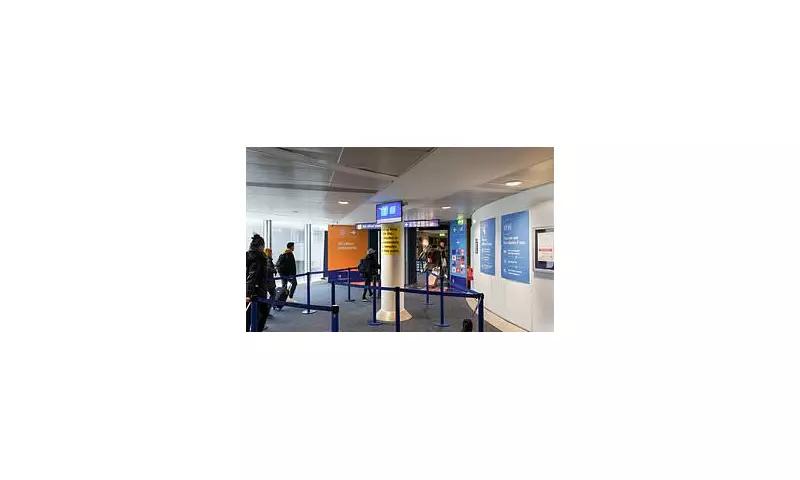
Long queues at UK airports could soon become a thing of the past thanks to a major new change in passport control technology. A successful trial of contactless e-gates, which use advanced facial recognition, has been completed at Manchester Airport, promising to significantly speed up processing times for British travellers.
Manchester Airport Leads the Way in Contactless Trial
The pioneering trial took place at Manchester Airport over a three-week period last month, marking the first use of this technology in the UK. Instead of the usual process of inserting a passport into a machine, British passport-holders were processed via new devices fitted onto existing e-gates.
Phil Douglas, the Border Force director-general, confirmed to The Times that the pilot was a resounding success. He stated that the new technology 'considerably reduced' the time it takes to process each passenger through border control.
How the New Contactless Border Technology Works
The new system represents a fundamental shift in border control methods. It leverages a combination of biometrics and AI-powered facial recognition, moving beyond reliance on physical documents like passports alone.
Mr Douglas explained the seamless process: 'So people approach the e-gate, it recognises them [as] already on our database, and they're checked through.' This contrasts with the current system where passengers must insert their passport to be scanned alongside a photograph.
This initiative is part of a broader modernisation of the UK border. 'The border has really changed over the last few years and that work is picking up pace,' Douglas said. 'Public expectations have changed and technology has changed.'
Future Rollout and Maritime Success
Buoyed by the success in Manchester, there are now plans to introduce more of these advanced gates 'of one description or another' across the country. The UK already has a network of more than 270 e-gates, and this new technology is set to enhance them.
'The Manchester pilot has shown that we can actually reduce transaction times considerably as well,' Phil Douglas confirmed. The so-called 'contactless gates' are designed not only to increase processing speed but also to bring the UK's border control in line with other countries already using similar systems, such as Dubai.
This follows another successful trial earlier this year at maritime ports. The Home Office tested facial recognition technology for passengers returning to the UK, aiming to cut waiting times. Instead of the time-consuming process of handing passports to a Border Force officer for individual scanning, travellers can now provide documents ahead of time and glide through border control at ports like Calais and Dunkirk in seconds.
For this maritime system, super high-resolution cameras can even photograph subjects through their windscreens, or passengers can look at a roadside camera to verify their identity against their travel documents. It is important to note that Border Force staff will remain on hand to deal with any 'passengers of interest', including those on watchlists or with safeguarding concerns.





